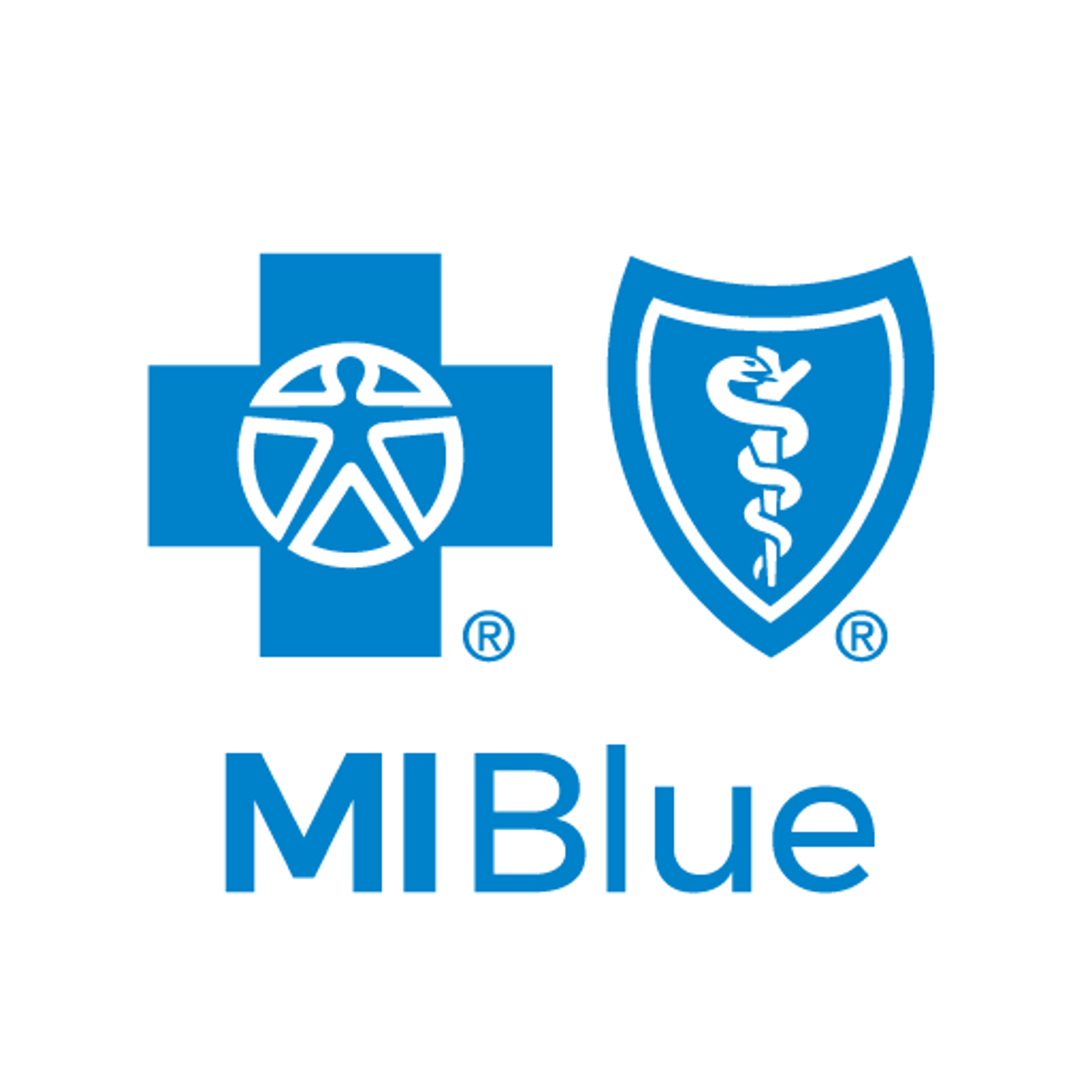Blue Cross Teams with Clinicians to Improve Treatment for Peripheral Artery Disease

Blues Perspectives
| 3 min read

Working closely with dedicated teams of clinicians, Blue Cross Blue Shield of Michigan is helping to address costs and improve outcomes for patients with peripheral artery disease. After analyzing data collected on angioplasty and atherectomy procedures in Michigan, clinicians in Blue Cross’ BMC Collaborative Quality Initiative (CQI) found patterns in how the procedures were used that will help guide changes in treatment. Peripheral artery disease is a common circulatory problem in which narrowed arteries reduce blood flow to the limbs and is often caused by fatty deposits that build up on artery walls. In some cases, it can be treated with angioplasty – a procedure in which a catheter is threaded through a blood vessel to the affected artery and then a small balloon is inflated to reopen the artery. A stent may be inserted into the artery to keep it open. These procedures must be done in a hospital that is equipped for open heart surgery. Atherectomy procedures – in which plaque is shaved or vaporized away from the artery – were initially introduced years ago as a less costly option because they could be performed in an outpatient setting. In 2018 the U.S. Centers for Medicare & Medicaid Services increased reimbursement for the procedure to shift care to outpatient facilities. However, the result wasn’t as intended: while the use of atherectomy did increase, cost savings weren’t realized – and the safety and quality of the procedure wasn’t better than the more invasive angioplasty. To address this situation, Blue Cross is teaming with the BMC2 CQI and the Michigan Value Collaborative CQI to develop and analyze new care models and payment models for atherectomy and angioplasty in Michigan. A multidisciplinary group will review data and propose a process of care — called a care pathway — for peripheral arterial disease. The team also will examine potential changes in reimbursement levels, such as increasing them for angioplasty and reducing them for atherectomy. Analyzing both claims and outcomes data will help determine whether these efforts are working. “I think this is a great example of the collaboration between our organizations. The Michigan Value Collaborative provides hospital-unique analytic data that can be used to identify opportunities for quality improvement and appropriate cost reduction,” said Dr. Faris Ahmad, M.D., medical director at Blue Cross Blue Shield of Michigan. “This helps ensure hospital and physician leaders are able to enhance the impact of their quality improvement activities.” More from MIBluesPerspectives:
- What Colonoscopy Results Show You About Your Health
- Why Men are at a Higher Risk for Unintentional Injury and Death
- Health Care Workers Reflect on Early Pandemic, Rising Hope with Vaccinations
Photo credit: Getty Images





